This album sees Rafael Toral manipulating various sound sources to create a vast piece that goes through really, really slow chord progressions, but echoes with such wonderful textures and dynamics that it becomes almost transcendental.

Not only incredibly immersive, but also gorgeously arranged
After seeing this LP promoted on Twitter some weeks ago, I figured I’d give it a listen, given its description had caught my attention—and then I forgot. I am now here though, and I can most confidently say that Spectral Evolution is an amazing record. This album sees Rafael Toral manipulating various sound sources to create a vast piece that goes through really, really slow chord progressions, but echoes with such wonderful textures and dynamics that it becomes almost transcendental.
With that, to keep you grounded, there are a lot of bird calls, but not actual recordings of birds, rather some recreations of; these flutters and chirps would not only fool anyone who doesn’t know they’re not actual field recordings, but also add so much color to this really static composition. Though it is rare that it’s the bird calls that send shivers down my spine, they’re absolutely vital to this piece, not only giving it its own unique quirk, but also making it so Toral didn’t just limit himself to a typical manipulation of field recordings, rather he can brag about not leaving the studio to begin with.
The major compliment I have to give to this LP is its absolutely amazing use of space and dynamics. The way the—what I assume are—synthesizers swell, completely filling up the mix in such a smooth yet quick fashion, I will never get tired of, even with the piece doing that something like five times throughout its course. You want to really follow along to have moments like those hit though, as it after all the stillness and slow paced progressions that the reward can be called such.
The sound of these electronics is also fantastic by itself, it’s not quite crystal clear to lead you to think this is an incredibly immersive and futuristic piece, but at the same time it is so smooth and pleasant that it might just be one if you removed the faux birds; in a way, this way of creating a super vast and mellow ambience does make me think of some Stars of the Lid compositions, especially with the super slow and classical adjacent style of Spectral Evolution, and I don’t say that just to draw comparisons, rather it’s a huge compliment to this LP as a whole given that Stars of the Lid are one of my favorite groups in general.
Another of the main parts of this piece is Toral’s guitar playing; the guitar in this composition is never quite used as the main lead, but it is what ultimately allows the listener to catch a breath and have a really quiet moment. In contrast with the electronics, which create these never resolving chord progressions that lead to some slight tension, the guitar is way quicker with its melodies and makes sure to close its phrases.
During the middle is when it shines most as a break and as an added element of variety, despite the fact that I would not mind at all if the core of the composition with the electronics went of for five hours straight; the guitar also opens up and briefly wraps up the piece, again signaling that those are distinct sections in fact. The halfway bit is the most significant of these three, not sticking out just because of the guitar, but also because it is definitely more minimalistic and smaller in scale with everything else presented.

The bird calls ::
The other major piece of this track is, indeed, the bird calls. There’s not much to say about them that I haven’t already touched on, they appear during the most fulfilling and densest portions of this LP to elevate them to even higher highs and ultimately make this album not just a really slow paced electronic classical piece. They do find some other use, as various times throughout the composition they are glitched out beyond bird calls, pretty sure that the guitar and bass may also play a role in these cases, and at that point one may realize that maybe birds weren’t real all along—ahem.
It is during the quieter portions that these bird calls become noise, creating some sections that dedicate themselves purely to sound exploration instead of appealing textures or guidance from tonality. Speaking of which, these bird calls are indeed in key when they need to be, that is when the record strikes with its gigantic chord progressions, giving off the idea that these feathered synthesizers are actually in their natural habitat and not inside a dusty home studio.
There are variations of these major components, as hinted, like the portion—I wish I could pinpoint to each part’s name, but I can’t quite distinguish each as the album is one continuous piece—dedicated to anomalous bird calls featuring some more peaceful and rounder in tone background arrangements, or one of the final climaxes being accompanied by Toral’s lamenting noisy guitar; even if these variations did not exist, this would still remain a fantastic piece, as it backbone is so great that it is enough to sustain itself for prolonged periods of time. With these alterations being there though, listening to this LP multiple times is really fulfilling, and each time I come back to it I enjoy its huge swells more and more and notice way more variations than I did previously.
Toral nailed it, creating an apparently easy ambient record that relies on its classical approach to slowly evolve, while in reality it’s a never ending sea of tiny details and variations that never take away from the core of the composition, which is fantastic too. The more you revisit the album and the more you’ll end up being satisfied with it, as it’s not only incredibly immersive, but also gorgeously arranged.
Spectral Evolution is available on Moikai / Drag City. [Bandcamp]






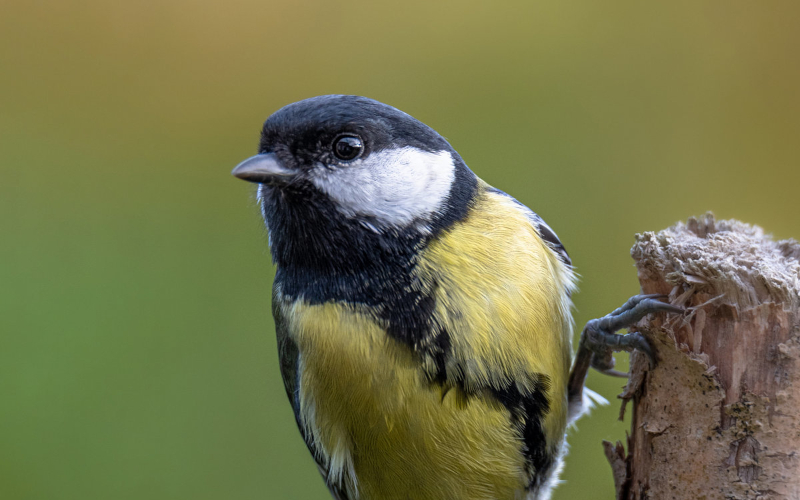
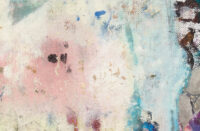
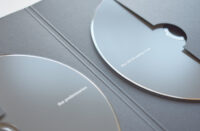


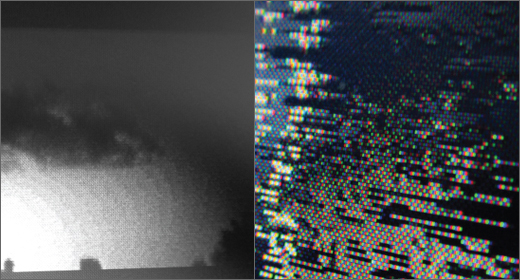

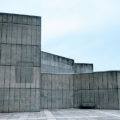

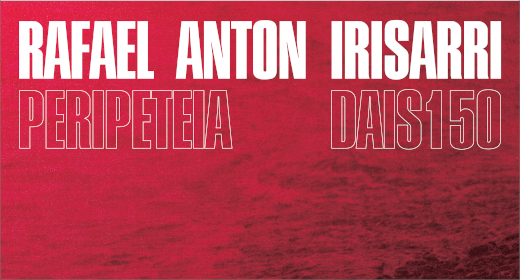


![Pole :: Tempus Remixes (Mute) — [concise]](https://igloomag.com/wp/wp-content/uploads/2025/04/pole-tempus-remixes_feat-75x75.jpg)






![Hasbeen :: Bunker Symphonies II (Clean Error) — [concise]](https://igloomag.com/wp/wp-content/uploads/2025/04/hasbeen-bunker-symphonies-ii_feat-75x75.jpg)
